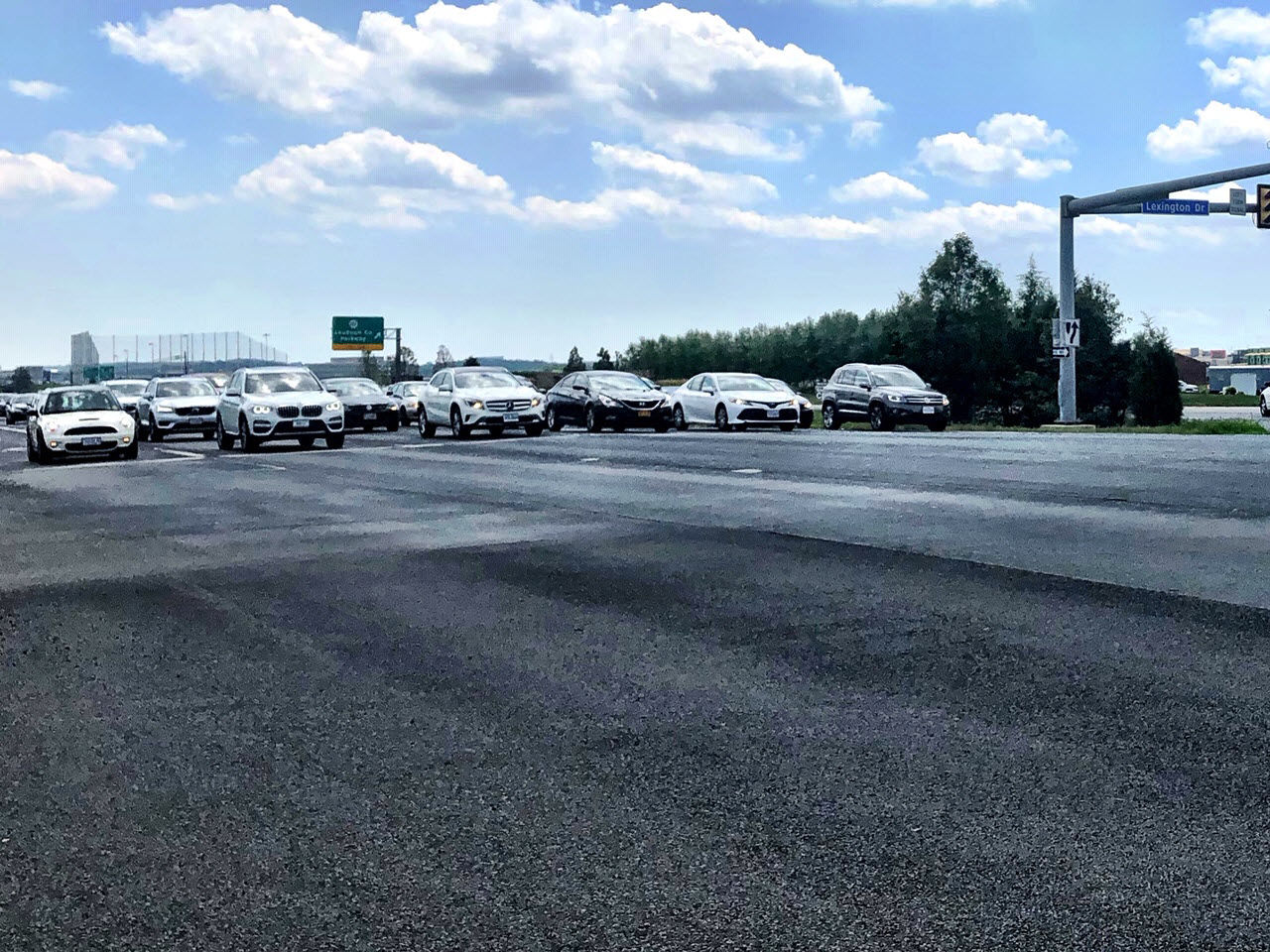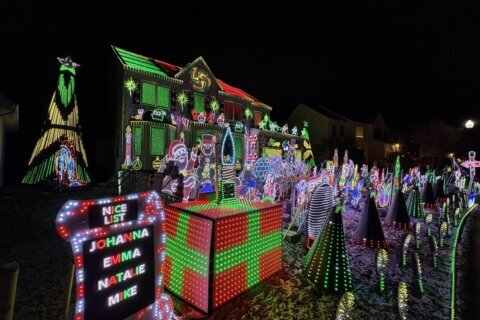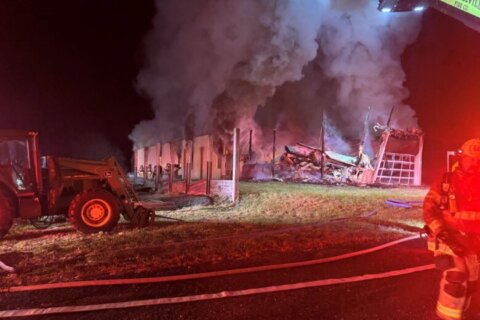
The four-way traffic light at Lexington Drive in Ashburn sticks out like a sore thumb for commuters on busy Route 7 in Loudoun County, Virginia.
“It’s one of the most frustrating signals in our county,” Broad Run Supervisor Ron Meyer told WTOP. “It’s the only traffic signal left between Leesburg and Sterling, on a limited-access highway.”
Though few people currently turn onto Lexington Drive, every red signal means commuters on Route 7 have to stop. And commuters have been complaining.
“People have been begging us with hundreds of emails to remove it,” said Meyer. “We accelerated the removal from 2022 to this year, and then with VDOT’s help, we’re able to get it out even earlier, in September or October of this year.”
The Loudoun County Board of Supervisors voted unanimously Thursday to close access to Route 7 from Lexington Drive, after learning the Virginia Department of Transportation would be willing to decommission the signal within a few months.
“It’s going to improve people’s commutes dramatically,” Meyer said. “People are routinely stuck at the bottleneck for five to 10 minutes, waiting for the signal to turn, while there’s very little traffic going the other direction.”
When access to Lexington Drive is closed off, the nearest exits for drivers on Route 7 will be Loudoun County Parkway and Ashburn Village Boulevard.
For drivers currently reliant on Lexington Drive, Loudoun County is in the midst of construction to provide an alternative that steers clear of the already-busy Route 7.
In May, construction on a four-lane divided roadway segment of Riverside Parkway from Lexington Drive to Janelia Drive was completed after being funded by the county. Opening the short segment will enable the removal of the Lexington Drive light, as the county eventually extends Riverside Parkway from Loudoun County Parkway to Lexington Drive.
In past years, Loudoun County has removed many four-way lights on Route 7, and replaced them with cloverleaf projects, including recently at Belmont Ridge Road.
In addition to keeping traffic moving on Route 7, Ellen Kamilakis of VDOT said cloverleaf and overpass configurations are generally safer for drivers.
“A traditional signal allows for the possibility of T-bone crashes as cars turn in front of and perpendicular to other cars,” Kamilakis said. “With cloverleaves, the conflicts end up being sideswipe style, so if crashes occur, the severity tends to be reduced.”








